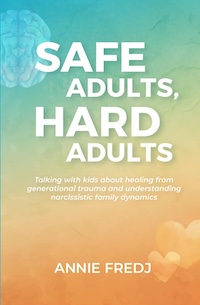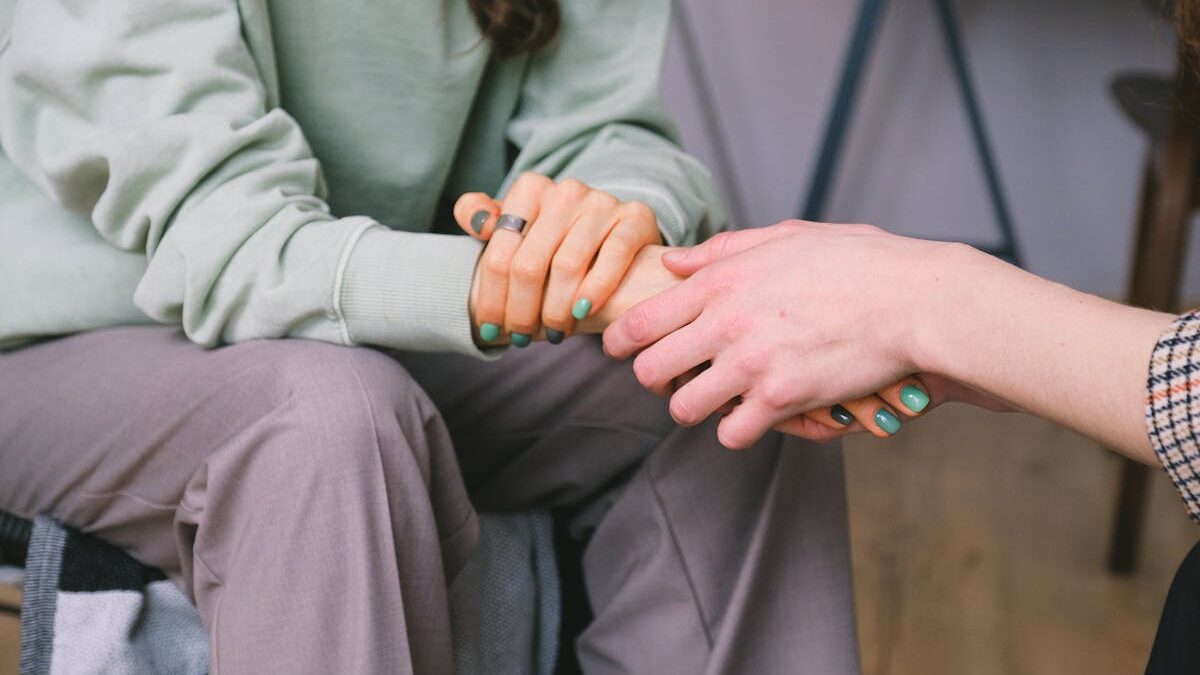While those who survive domestic violence are thankful to be alive, they have to contend with long-term emotional, financial and legal abuse. This is made worse if they have shared children with their abuser. Sadly, there are countless families with children who are impacted by high-conflict situations beyond leaving the relationship with the abuser.
In the first six months of 2024 in Australia, a woman was killed by her partner or former partner every four days. There have been demonstrations across many cities calling for tougher penalties for offenders—and rightfully so.
Domestic violence cases are painfully common and chances are, you know a woman dealing with it or you may be going through something similar yourself.
In a domestic violence situation, it’s important to understand what a victim/survivor is up against, and then see what practical support we can provide for their specific needs. (We provide a list of services at the end of this article.)
It’s not as simple as “just leave him”
It’s not at all useful to tell a mum to “just leave him”. They cannot. Women need a safe place to relocate to, they need financial security (at least enough to take the leap), they need to be able to work around childcare and school needs while holding down a job and running a household, and they need to know that they will be able to protect their children from further abuse and neglect.
In the current rental crisis, the statistics are dire. According to Homelessness Australia, in the past two years, 37,392 people needed support with long-term housing but only 1365 of them received it. That’s a meagre 3.7 per cent success rate.
1. It’s not easy to leave
It takes a woman, on average, seven attempts to leave her abuser. If you have left and gone back, or if you’re trying to support someone who just can’t seem to leave, know that it’s normal.
There are usually several reasons women struggle to leave, including:
- having a safe and affordable place to live (especially pronounced in our current financial climate)
- guilt about creating a “broken home” and how it will impact the kids
- abusive relationships often involve a trauma bond, where the victim is psychologically and emotionally manipulated to the point where they will put the wants and needs of their abuser above their own needs. (Simply put, a victim/survivor needs a lot of support with understanding what a trauma bond is, gaining self-confidence, regaining autonomy over their life and finding a positive way forward without their abuser.)
2. Post-separation abuse
If you think it’s all over when you leave, then hold on tight. If you have children with an abuser, you can’t just waltz off into the sunset because legally, both parents have equal rights to the child.
In some cases, the abuser can go to the police, accusing the other partner of domestic violence and turning friends and family against the victim/survivor. This can leave them fearful of law enforcement and lacking in support from the people they are relying on.
Abusers can also block access to money, stalk, harass and counter-parent. Sometimes, high-conflict individuals target their own children by abusing them and neglecting their needs, using violence, threats and intimidation. They may also deny medical care, access to therapy, and undermine the parenting and care of the safe adult.
This is one reason women go back to their abusers: They would rather be there to protect their kids than to leave them alone in a home where they experience abuse.
Better support for women and mums
Leaving successfully is a huge undertaking, so let’s remember to focus on positive support. Some ways to help a victim/survivor include:
- helping to find social supports in their local area
- storing an emergency bag with money, documents and clothes
- helping to look into government grants (for example, in Australia there is a $5000 grant for victims of abuse)
- helping to build up a support network and safety net around them and their children.
Every little bit can help and is absolutely critical to help them overcome the odds.
Co-parenting with your abuser
One of the major skills a fresh single mum will need to learn is positive co-parenting strategies. These are not always intuitive, especially when you’re coming out of a traumatic relationship and you’re questioning everything. Here are some thoughts on practical day-to-day things to help navigate the early days post-relationship.
1. Keep communication to a minimum and on topic
Here is an example of a text that is polite, asks a direct question and asks for a response within a reasonable timeframe: “Hi John, can you please pick up Charlie from school on Friday? Please let me know by tomorrow 5pm. Thanks.” If the other parent doesn’t respond on time, you can go to plan B.
Remember that everything you write may eventually be used in court. It’s useful to keep emotions out of it, even if the other parent is confrontational. Don’t give them fuel for the fire or let them know your frustrations because high-conflict individuals enjoy the drama.
It’s OK to hold healthy boundaries, for example, unless a text is urgent, you don’t need to respond straight away. Personally, I find sleeping on it can really clear your head and help you write a calm and child-orientated response.
Another healthy boundary is learning to share only what you must, because your abuser isn’t entitled to the private details of your life. Knowledge is power and they deserve none over you.
2. Parenting apps
There are parenting apps designed for use with a high-conflict parent and you can insist on using that. This also gives you a great opportunity to block them on social media.
3. Catch-up in public
If you’re dealing with an individual who is also physically unsafe, you don’t have to let them in your home. You can look into doing handovers at a police station, have a third party present or organise catch-ups with the kids in a public setting.
Protecting the children
One big issue parents ask about a lot is the development of empathy in their children. This is thankfully one of the easiest things to work on since the main way to develop empathy is to demonstrate it.
With my own son, I read him a bedtime story every night, which is our favourite part of the day. It’s a great time to wind down, reconnect and talk about our feelings. And let’s face it, this is the time when kids ask all the big questions to avoid going to sleep. As we read the story, I ask questions like “How do you think so-and-so feels about what happened?” or “What would be a kind way to solve the problem?” It opens up a chance to talk about healthy relationships at an age-appropriate level.
Watch our interview with Annie Fredj on helping children navigate through trauma.
It’s also useful to demonstrate to children how to handle conflict with respect and without escalation. Model it in your relationship with them. Apologise if you’ve done the wrong thing or hurt them. Restore the relationship.
Further resources
- Why Does He Do That?: Inside the Minds of Angry and Controlling Men by Lundy Bancroft
- Being Well podcast by doctors Rick and Forrest Hanson
- The Body Keeps the Score: Brain, Mind, and Body in the Healing of Trauma by Bessel van der Kolk
- What is Post Separation Abuse?
- The Barefoot Investor by Scott Pape, to help with budgeting skills as a single parent
- 1800respect.org.au, National Domestic Family and Sexual Violence Counselling Service
- National Debt Helpline
- Kids Helpline
- Domestic Violence Support Australia (Facebook group)
- Receiving Parents & Friends Child Support Discussion Group (Facebook group)

Annie Fredj’s book Safe Adults, Hard Adults is about talking with kids about healing from generational trauma and understanding narcissistic family dynamics. Available now.
How helpful was this article?
Click on a star to rate it!
0 / 5. 0
Be the first to rate this post!
Annie Fredj
Related posts
Subscribe
Receive personalised articles from experts and wellness inspiration weekly!

